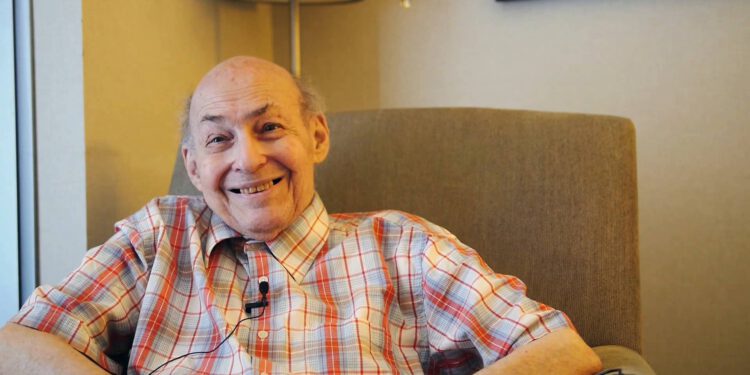The death of Marvin Minsky leaves artificial intelligence research orphaned. This is the legacy of the man who dreamed of machines as intelligent as our brains.
On January 25, MIT officially announced the sad news. Marvin Minskyconsidered the father of artificial intelligence, he died at the age of 88. A pioneering researcher, professor emeritus of the Massachusetts Institute of Technology and founder of the Massachusetts Institute of computer science laboratory, also known as CSAIL, was leaving. The first scientist to lay the foundations of artificial intelligence was, without a doubt, Alan Turing. But Minsky was able to develop these initial pillars, stating that a greater knowledge of the brain would allow to create smarter machines. Part of these postulates can be found today in initiatives such as the Human Brain Project, aimed at revealing some of the secrets of our mind.
The scientist defined the artificial intelligence like ” the science of making machines do things that would require intelligence if they had been made by a human being.” In the CSAIL laboratory he developed inventions such as robotic hands that could manipulate objects, a visual scanner, the confocal microscope still used in science today or neural networks with the ability to learn. These types of applications were created between the fifties and sixties, helping to shape the current concept of artificial intelligence.
Minsky was convinced that one day we would be able to develop machines as intelligent as our brains. But in later years, with budgetary constraints, the scientist was less optimistic about these hypothetical results. “How long it takes will depend on the number of people working on the right problems. Right now there are neither sufficient resources nor researchers,” he said.
The great legacy of Marvin Minsky, according to the jury of the BBVA Foundation Frontier of Knowledge Awards, focused on the development of artificial intelligence thanks to his ” works on the machine learning in systems that integrate robotics, language, perception and planning in addition to the representation of knowledge based on frames”. His figure was key to understanding the transformation experienced by the first computers-those huge calculators that were used in computing – to give rise to the computers present in the technology we use daily.
Marvin Minsky also helped produce such well-known works as 2001, a space odyssey and Jurassic Park. His collaboration with Stanley Kubrick first served to create the mythical HAL computer that rebelled against human beings, as Nuño Domínguez recalled in El País. In the case of Crichton’s famous novel, Minsky inspired the writer by talking with him about cells, dinosaurs, and DNA. A dialogue without which one of the great books of recent science fiction would not have seen the light.
Artificial intelligence research is orphaned with the death of Marvin Minsky. But his work helped to understand that, one day, machines will have to mimic the functioning of our brain. In other words, not only will they have to be intelligent, but they will have to have common sense, which is nothing more than knowledge learned through experience. As one of his disciples at MIT said,”we live, so we learn all the time, day and night, whenever we want.”
Images / MIT, Vimeo









